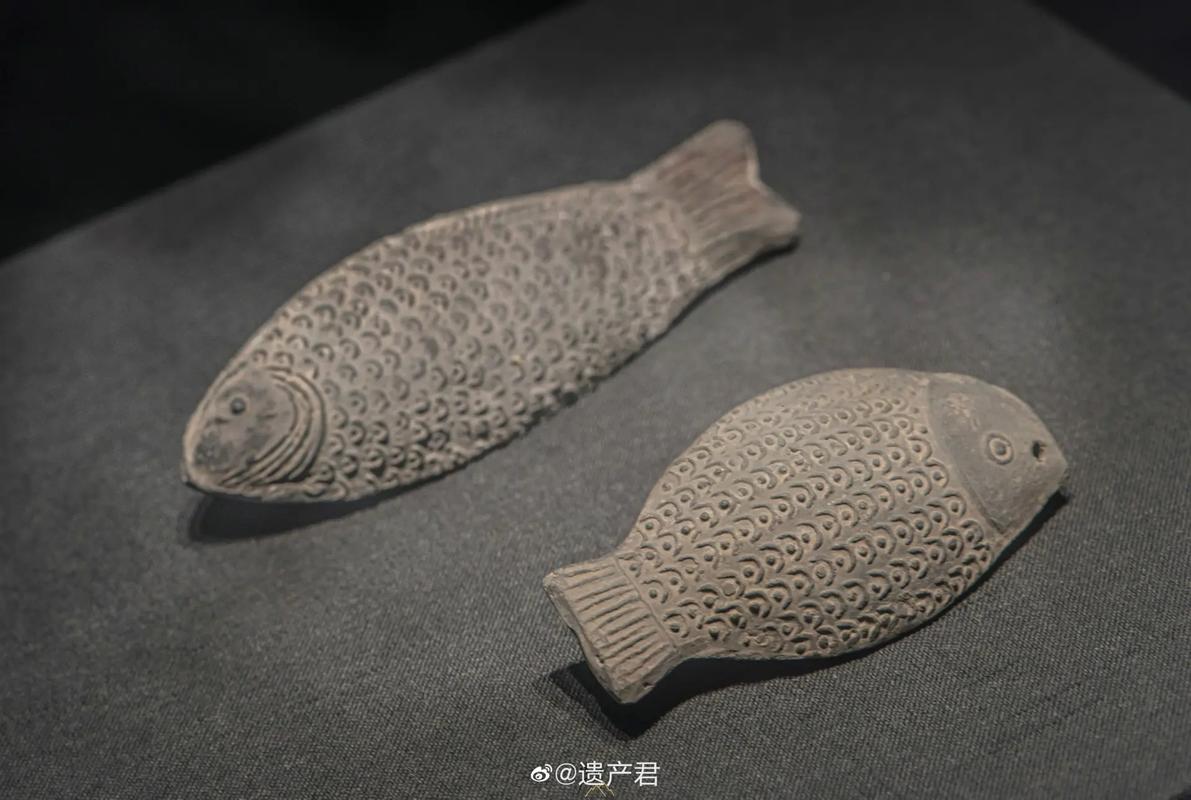
Relics of the Qin Dynasty: A Glimpse into China's First Empire
The Qin Dynasty (221-206 BCE), though short-lived, left an indelible mark on Chinese history, unifying the warring states and laying the foundation for a centralized empire. While the dynasty itself lasted a mere 15 years, its legacy lives on through the remarkable artifacts unearthed throughout the years. These relics offer a captivating window into the Qin's sophisticated artistry, innovative technology, and the daily lives of its people.
The Terracotta Army: An Army Frozen in Time
Undoubtedly the most iconic of all Qin artifacts, the Terracotta Army stands as a testament to the dynasty's military might and artistic ingenuity. Discovered in 1974 near the tomb of Emperor Qin Shi Huang, the army comprises over 8,000 life-sized terracotta warriors, each with unique facial features, hairstyles, and armor, reflecting the hierarchical structure of the Qin army.
Beyond the infantry, the pits also contain chariots, horses, and other military equipment, all meticulously crafted with astonishing realism. The sheer scale and detail of the Terracotta Army offer an unparalleled glimpse into the military organization and weaponry of the Qin Dynasty, making it one of the most significant archaeological discoveries of the 20th century.
The Mausoleum of Qin Shi Huang: An Imperial Afterlife
Encompassing a vast area of 56.25 square kilometers, the Mausoleum of Qin Shi Huang is a microcosm of the emperor's vision of the afterlife and a testament to his power and ambition. While the main tomb chamber itself remains unexcavated, the surrounding pits offer a glimpse into its grandeur.
A City in Miniature
The tomb complex is structured like a miniature city, reflecting the emperor's desire to rule even in the afterlife. This intricate layout features:
- Carriage Houses: Housing bronze chariots and horses, meticulously crafted with intricate details.
- Hunting Grounds: Populated with statues of exotic animals and birds, symbolizing the emperor's dominion over nature.
- Courtiers and Entertainers: Terracotta statues of court ladies, musicians, and acrobats, depicting the entertainment and daily life within the imperial court.
Architectural Marvels and Symbolic Offerings
The use of precious materials like jade, gold, and bronze highlights the opulence of the Qin court and the importance placed on the emperor's afterlife. Additionally, the mausoleum's architectural features, such as ramparts and watchtowers, symbolize the emperor's power and the protection offered to his resting place.
Beyond the Tomb: Everyday Objects and Bronze Treasures
While the Terracotta Army and the emperor's mausoleum dominate the narrative of Qin artifacts, numerous other discoveries offer insights into the lives of ordinary people and the advancements made during this era:
- Bronze Vessels and Mirrors: Elaborately decorated with intricate patterns and mythical creatures, these objects showcase the advanced bronze casting techniques of the Qin period.
- Writing Implements and Bamboo Slips: These artifacts provide evidence of the standardized writing system implemented by Qin Shi Huang, a crucial step in unifying the empire.
- Agricultural Tools and Pottery: These everyday objects offer a glimpse into the daily lives of farmers and artisans during the Qin Dynasty, highlighting their ingenuity and resourcefulness.
FAQs
Q: Why was the Terracotta Army built?
A: The Terracotta Army was intended to accompany Emperor Qin Shi Huang in the afterlife, serving as his eternal guard and symbolizing his power and military might.
Q: What other treasures are believed to be inside the Emperor's tomb?
A: Historical accounts describe the tomb as containing a map of his empire with rivers of mercury and a ceiling adorned with celestial bodies, though these claims remain unconfirmed due to ongoing preservation efforts.
Q: How did the Qin Dynasty's artifacts impact our understanding of ancient China?
A: These artifacts have significantly expanded our understanding of the Qin Dynasty's technological advancements, artistic achievements, military organization, and cultural practices, enriching our perspective on this pivotal period in Chinese history.
note: This return of all, without the author's permission, may not be reproduced